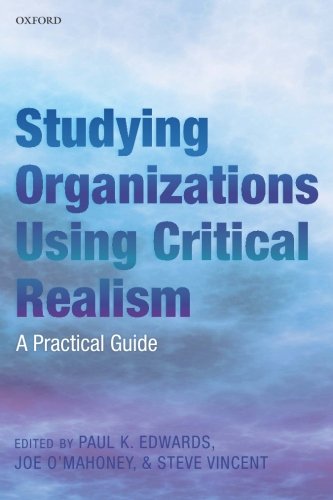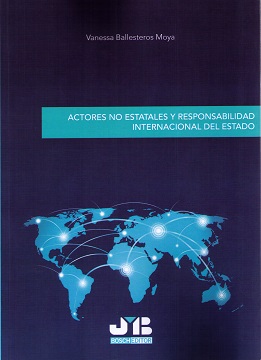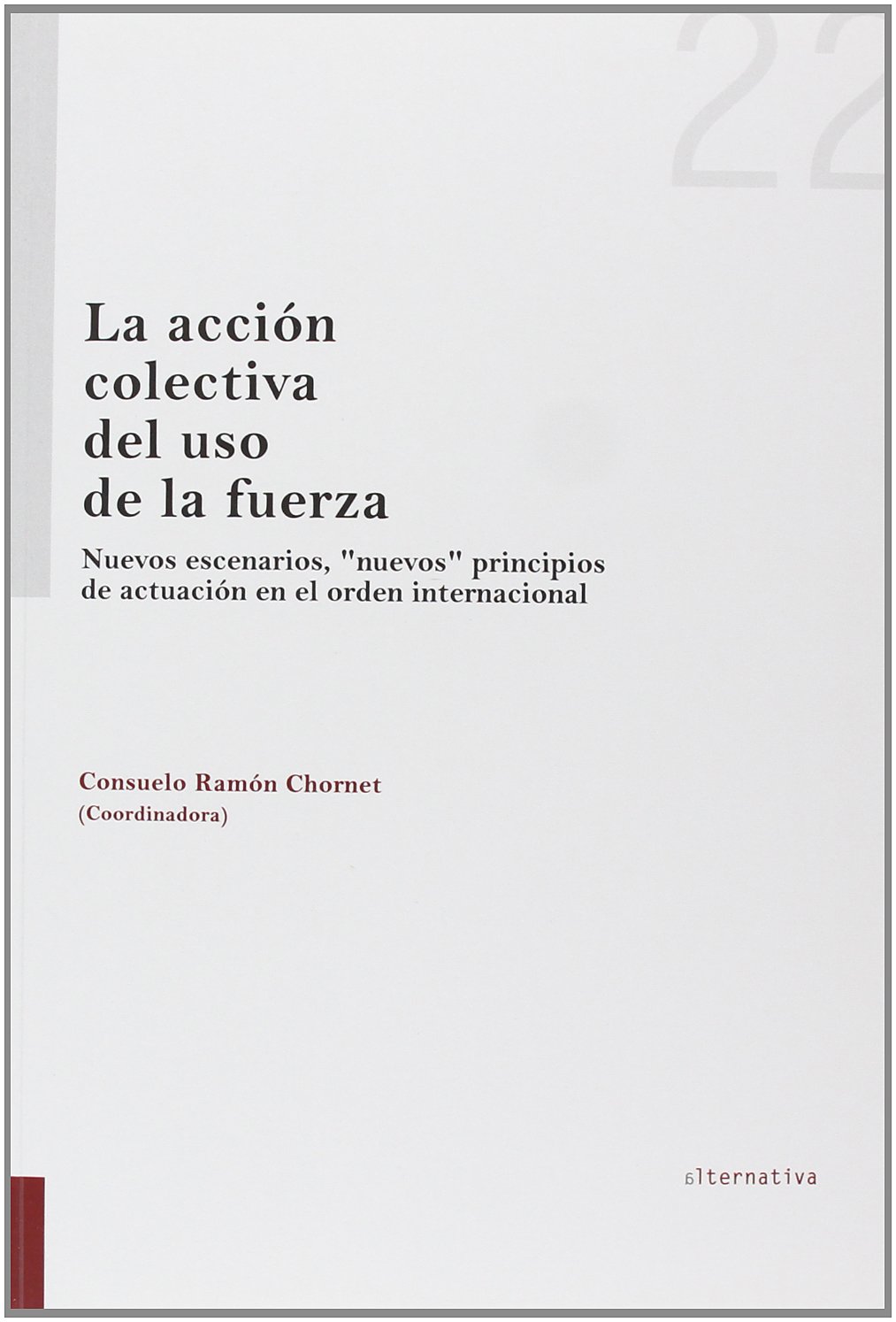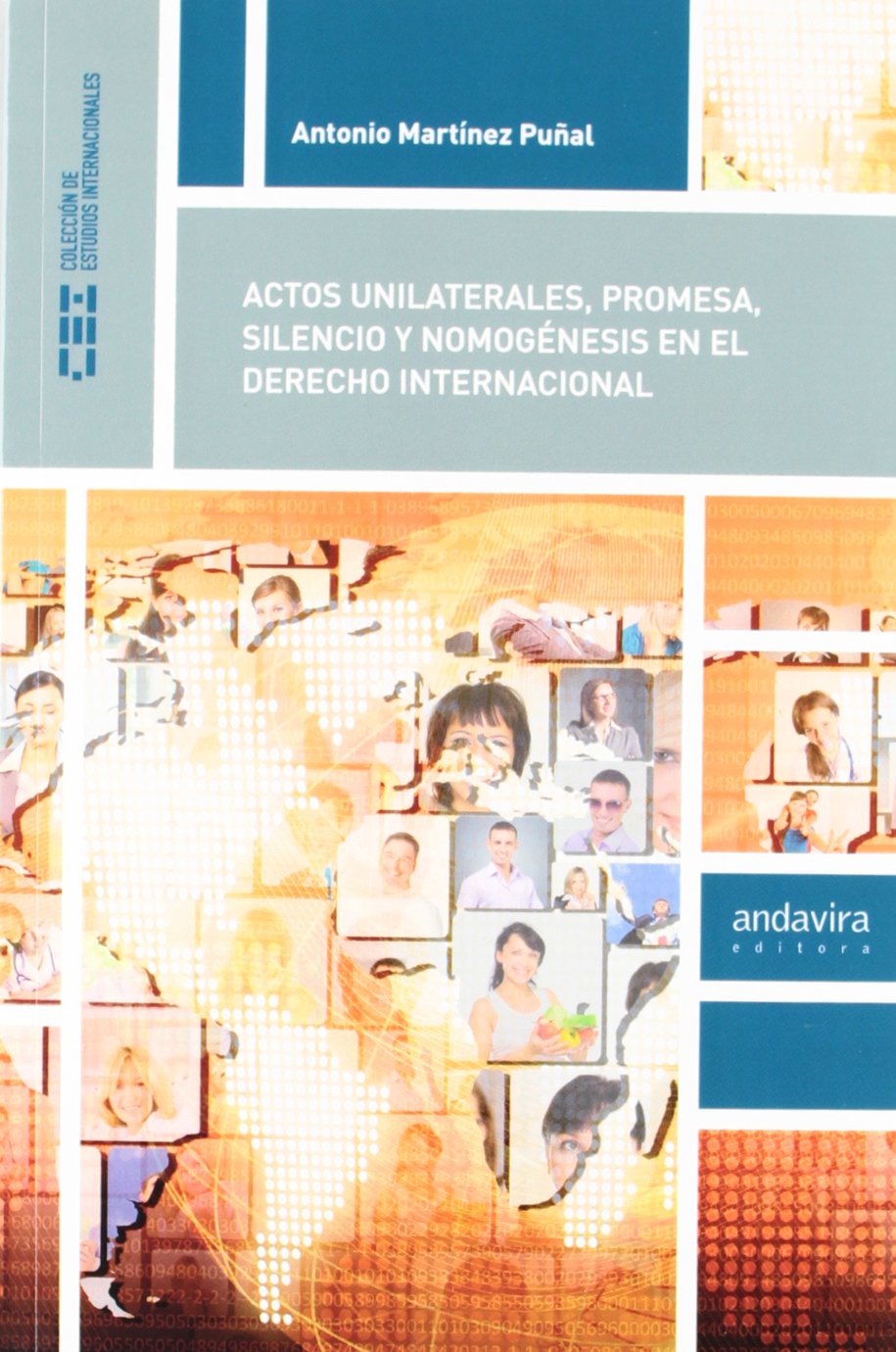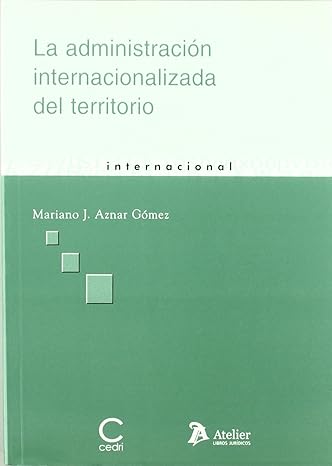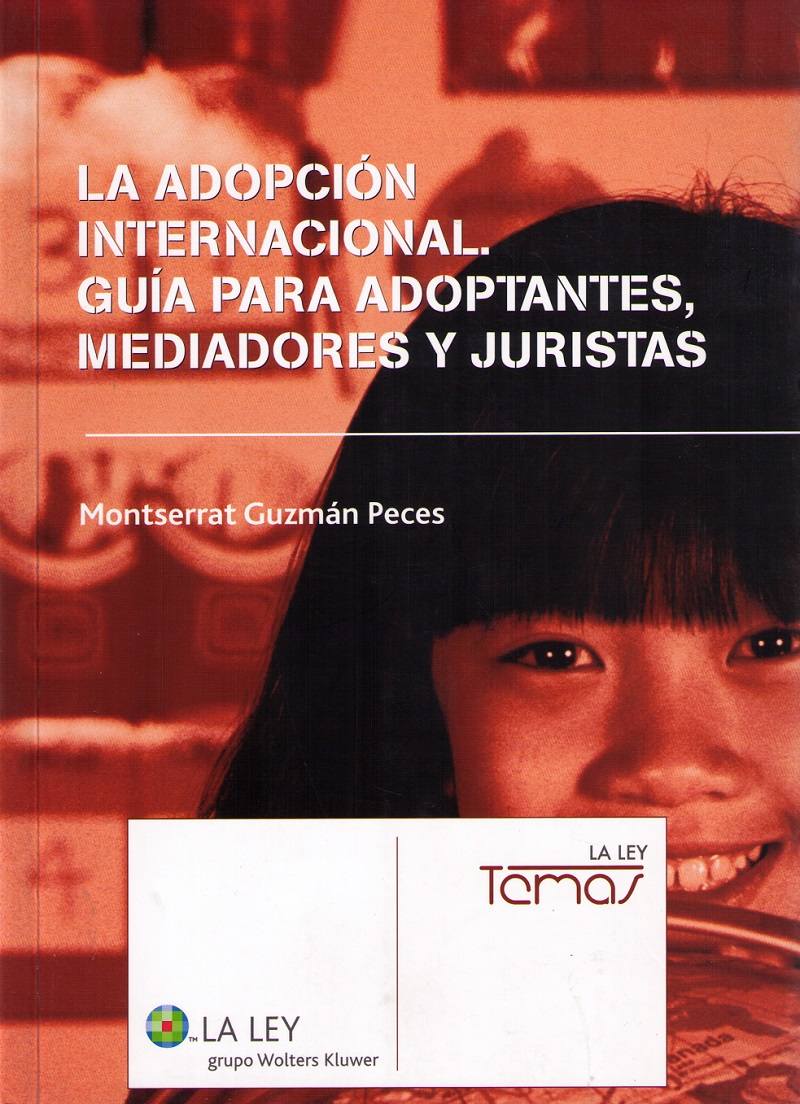The Development of Critical Realism
The development of Critical Realism (CR), as a philosophy of science, is generally attributed to a series of books by Roy Bhaskar. It has proven to be influential, not least because it has an affinity with many people’s views about the way the world fits together, both within and outside of academia. Moreover, CR offers a robust alternative to both positivism and interpretivism by advocating for a stratified reality where structures and mechanisms exist independently of our perceptions.
Contributions and Emerging Research Areas
Whilst there are numerous contributions outlining CR theory in sociological and organizational research, as well as general texts about realist ontology, work delineating the consequences of these views for research practice is an emerging area of interest. Consequently, researchers adopting a CR approach emphasize the importance of uncovering underlying mechanisms that generate observable phenomena rather than merely identifying empirical regularities. This perspective acknowledges the complexity of social systems and the contingent nature of causation, allowing for a more nuanced understanding of social phenomena.
Methodological Implications
CR’s methodological implications are particularly significant in applied research fields, such as social sciences, management studies, and policy analysis. By integrating qualitative and quantitative methods, CR encourages researchers to move beyond surface-level correlations and seek deeper explanatory insights. As a result, this has led to the development of innovative research frameworks that combine ethnographic approaches, case studies, and statistical analyses to examine the causal relationships between social structures and human agency.
Impact on Ontology and Epistemology
Furthermore, CR has had a profound impact on debates surrounding ontology and epistemology in contemporary philosophy. It challenges reductionist tendencies by arguing for a reality that exists beyond human cognition while still being knowable through scientific inquiry. Therefore, this perspective bridges the gap between materialist and constructivist approaches, offering a balanced framework for understanding the interplay between structure and agency.
Conclusion
In conclusion, Critical Realism continues to shape scholarly discussions and research methodologies across various disciplines. Its emphasis on causality, ontology, and epistemology makes it a valuable framework for those seeking to understand the complexities of the social world. As research in this area progresses, further exploration of CR’s practical applications and methodological contributions will be crucial for advancing its impact in both academic and real-world contexts.

